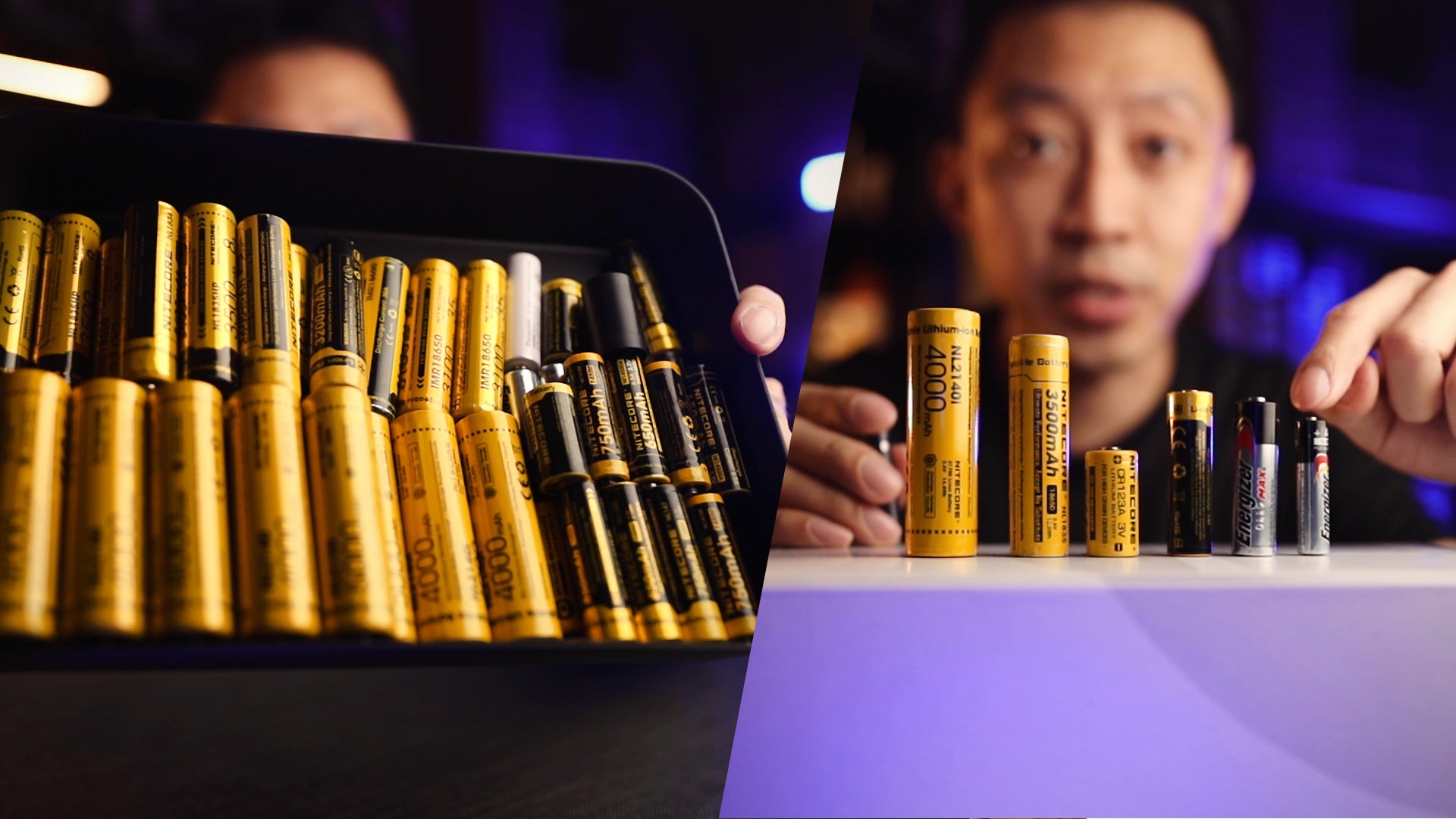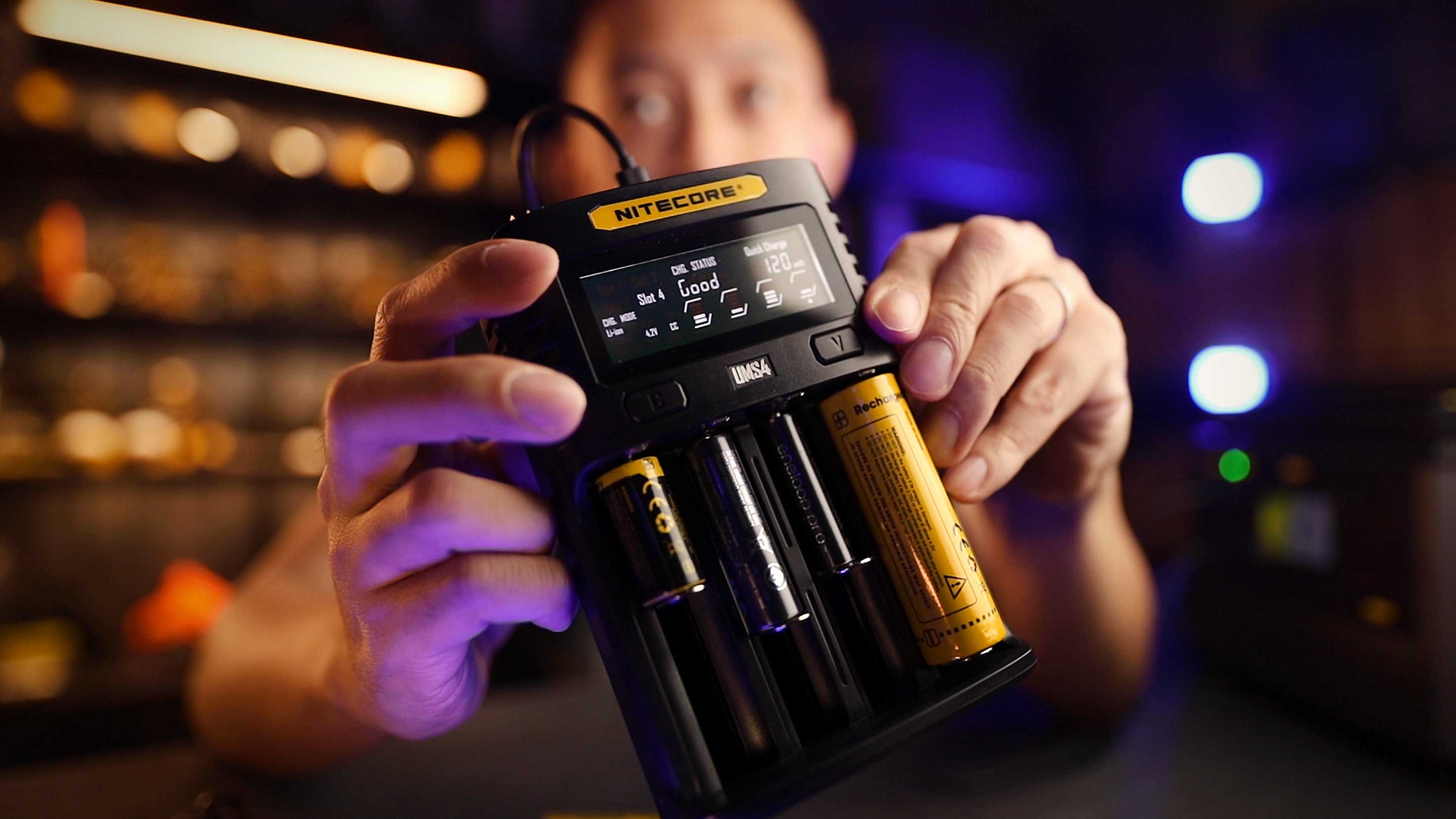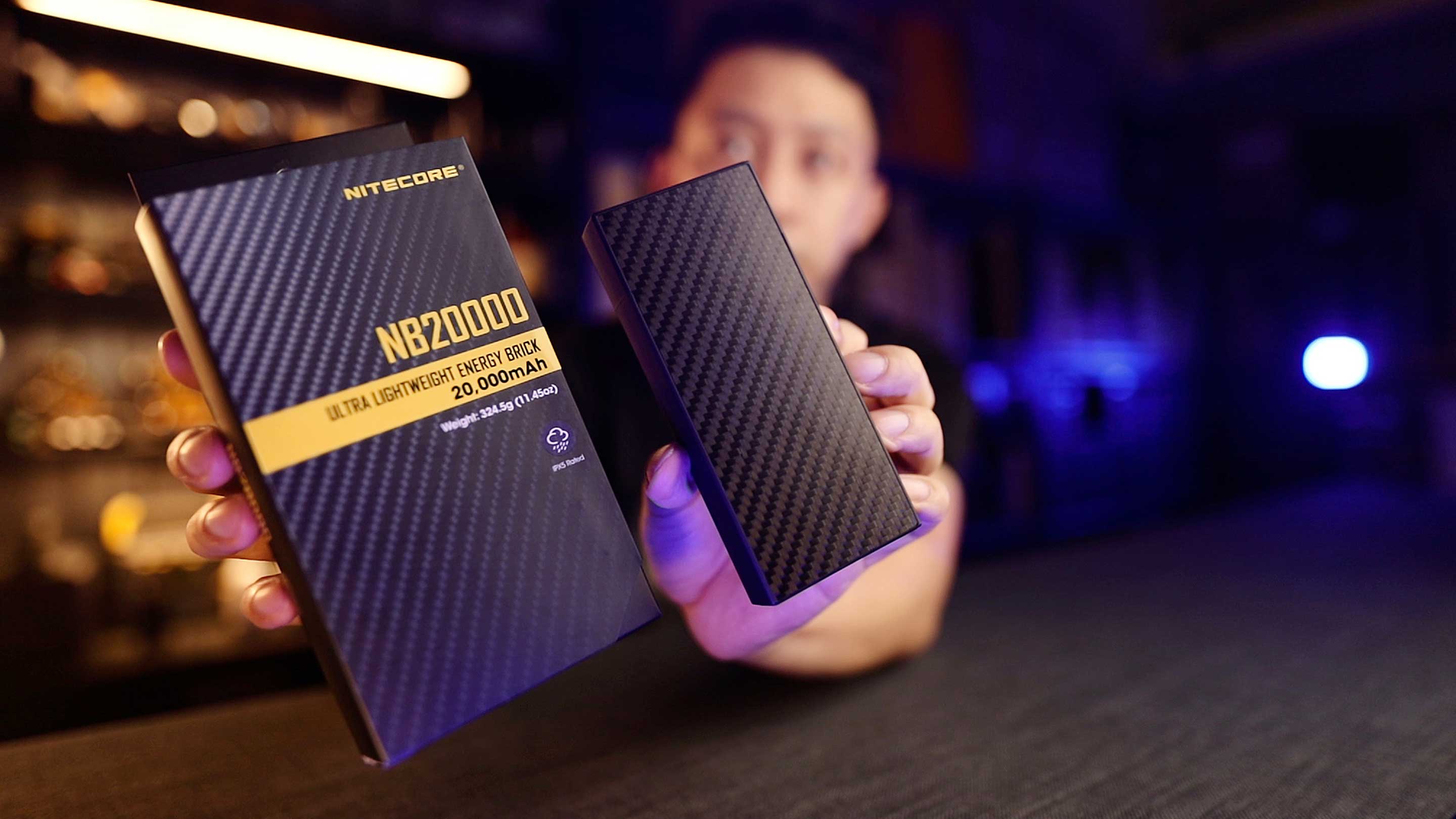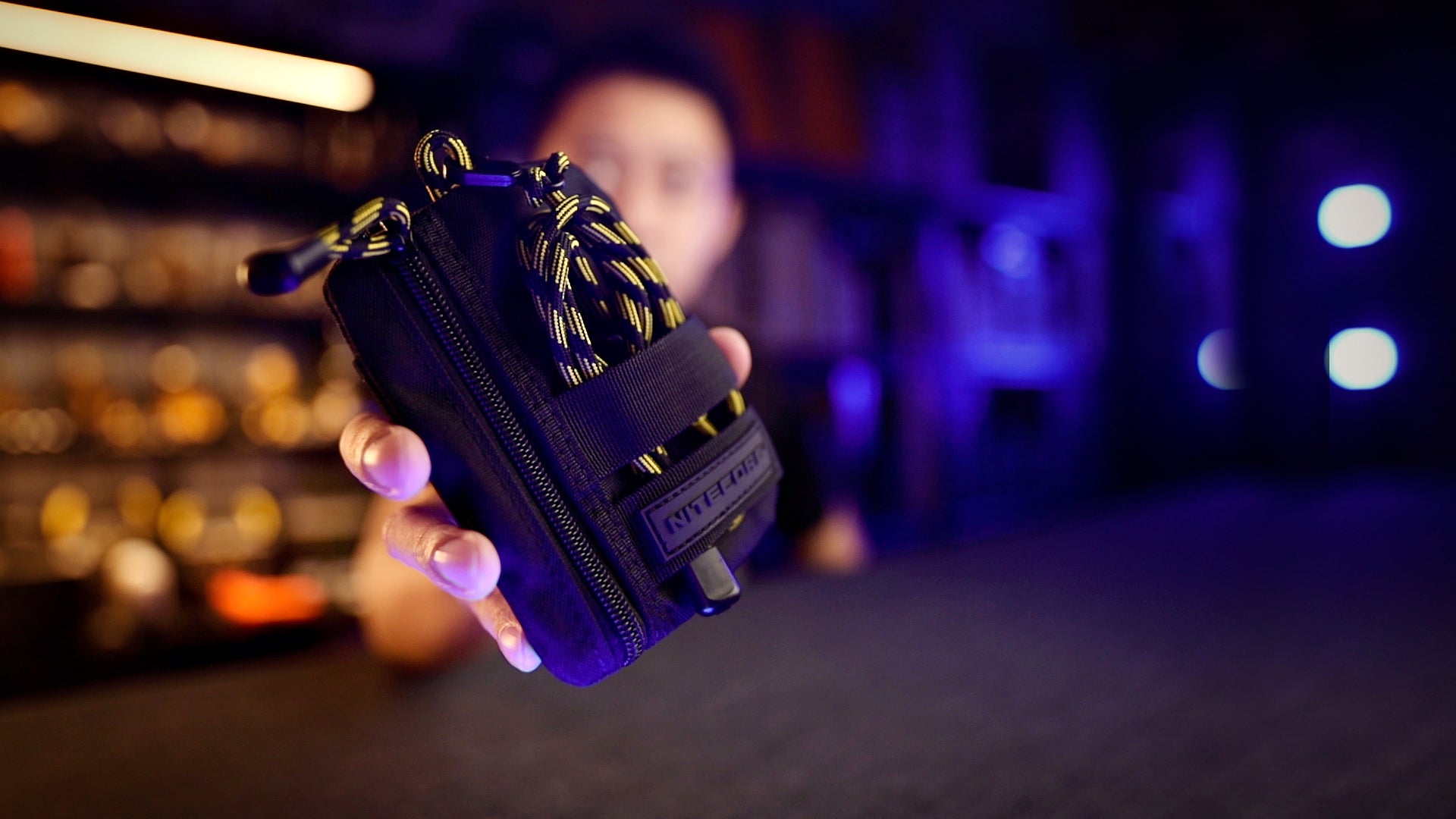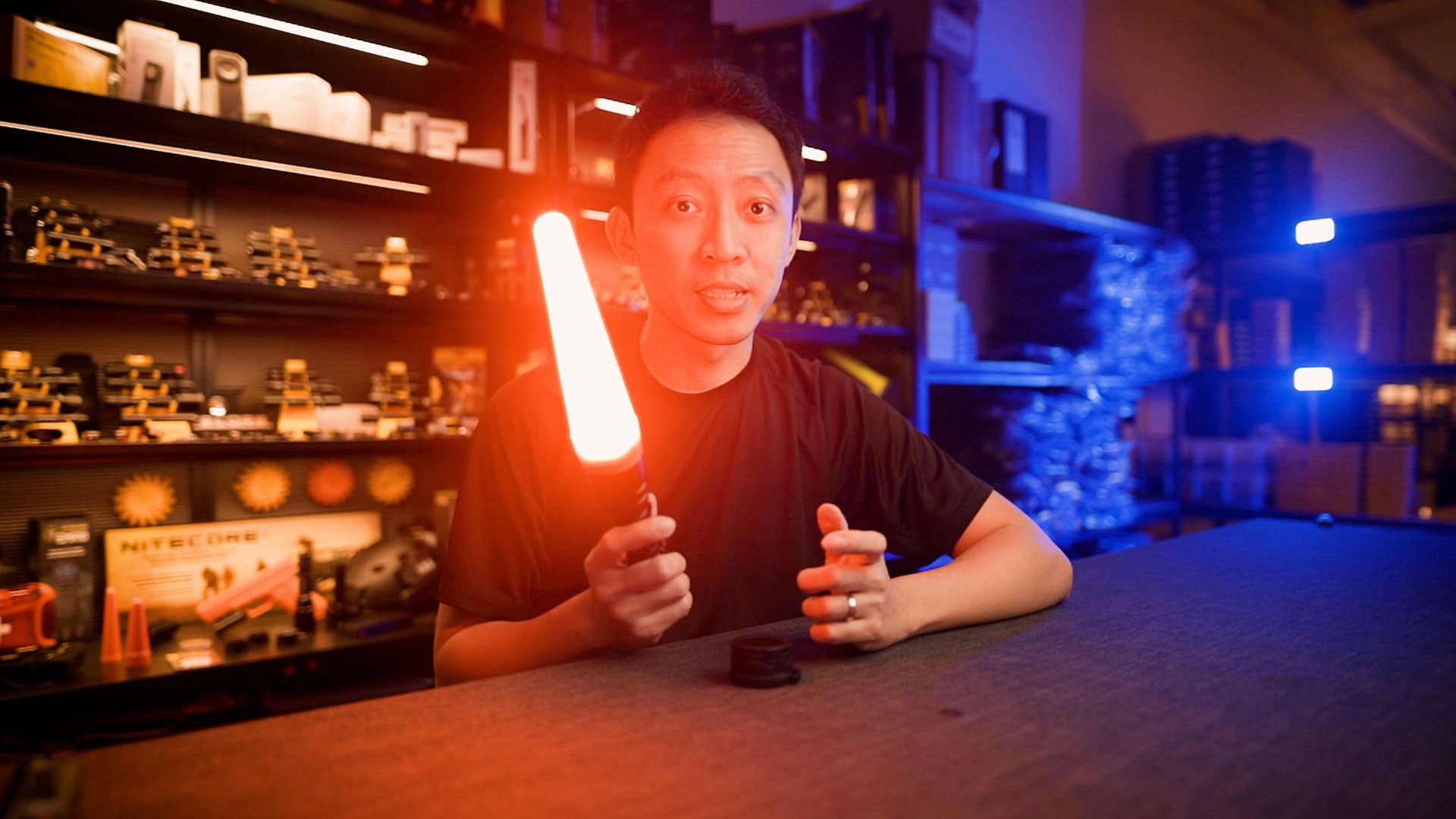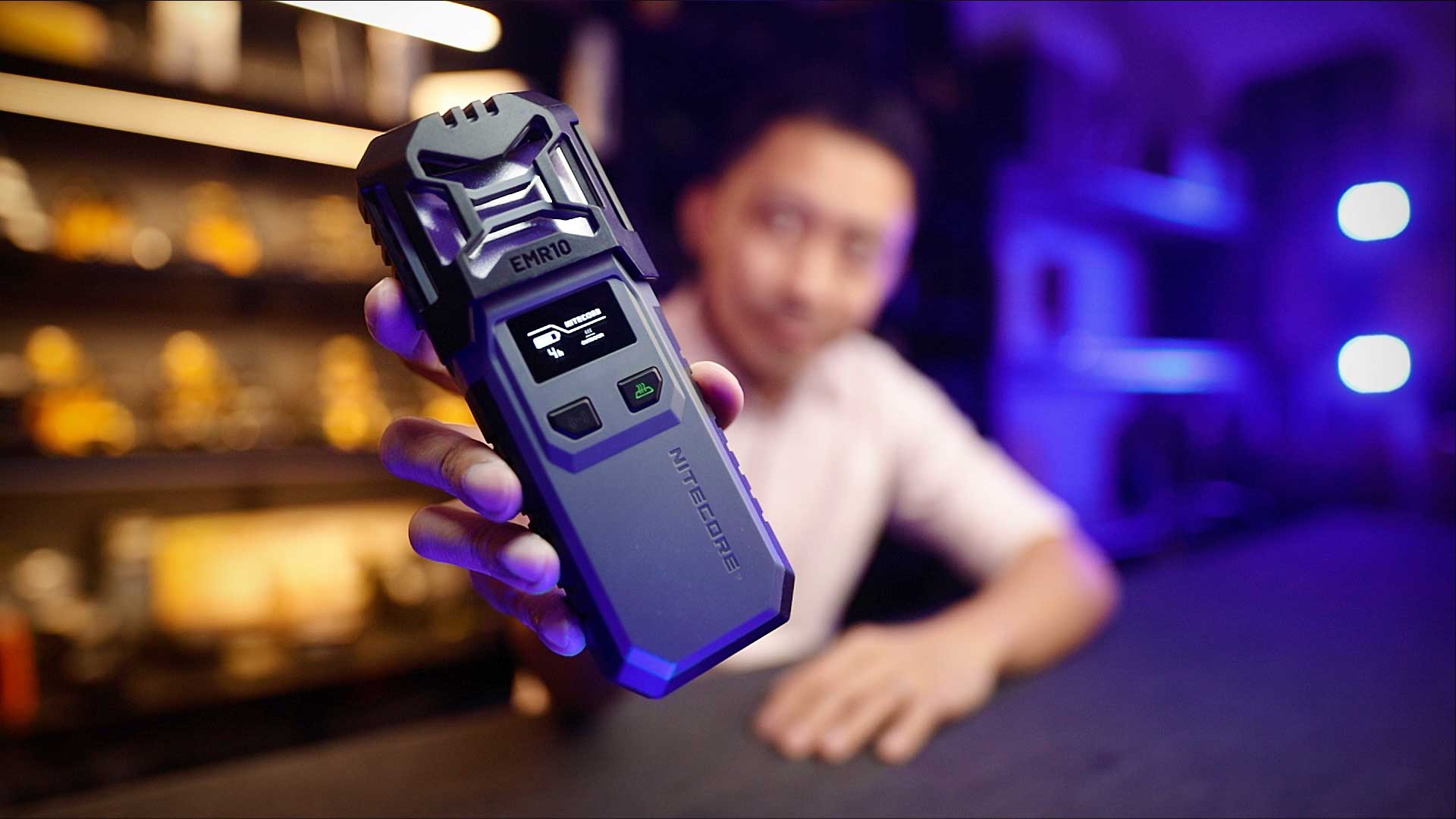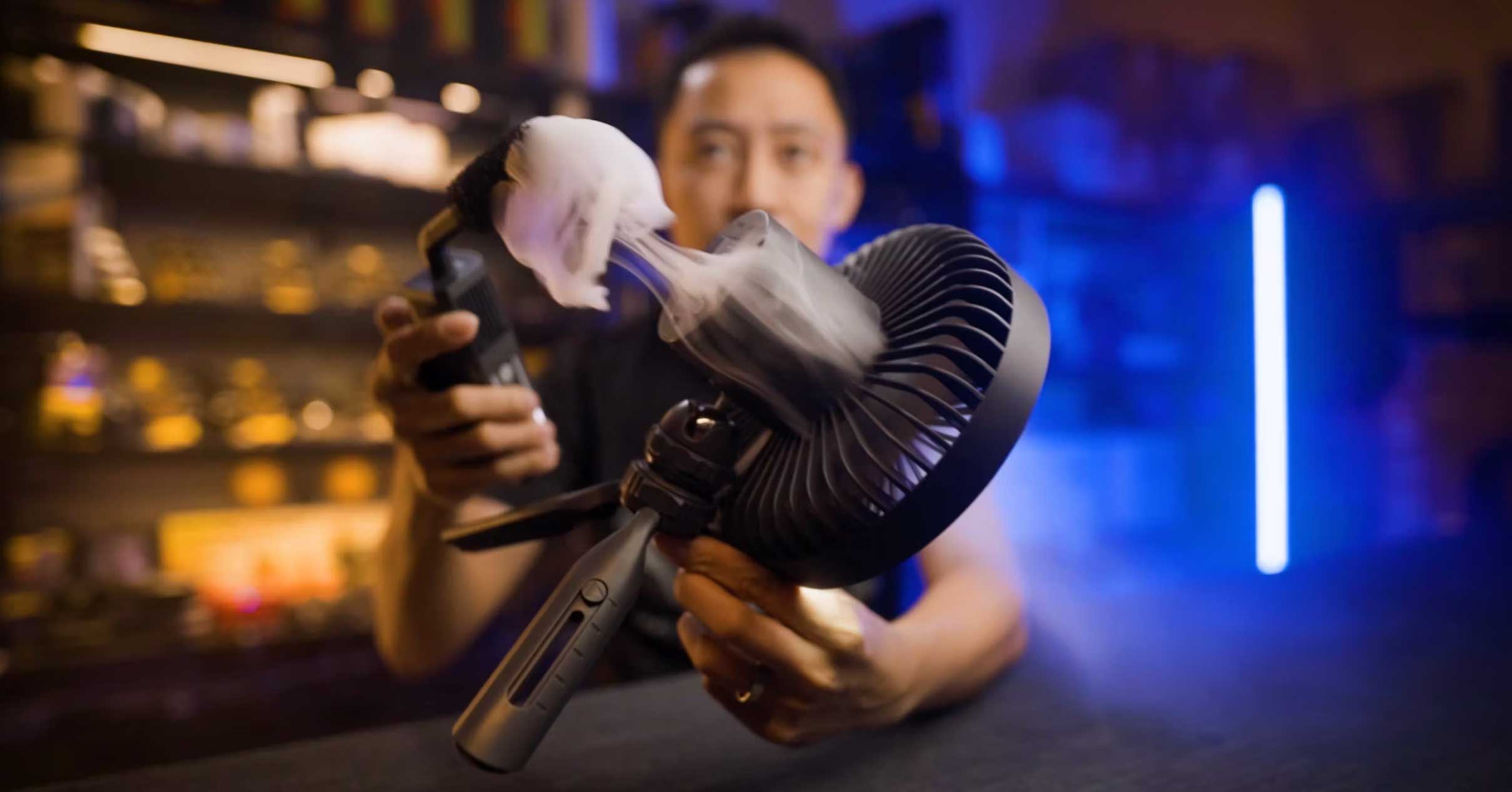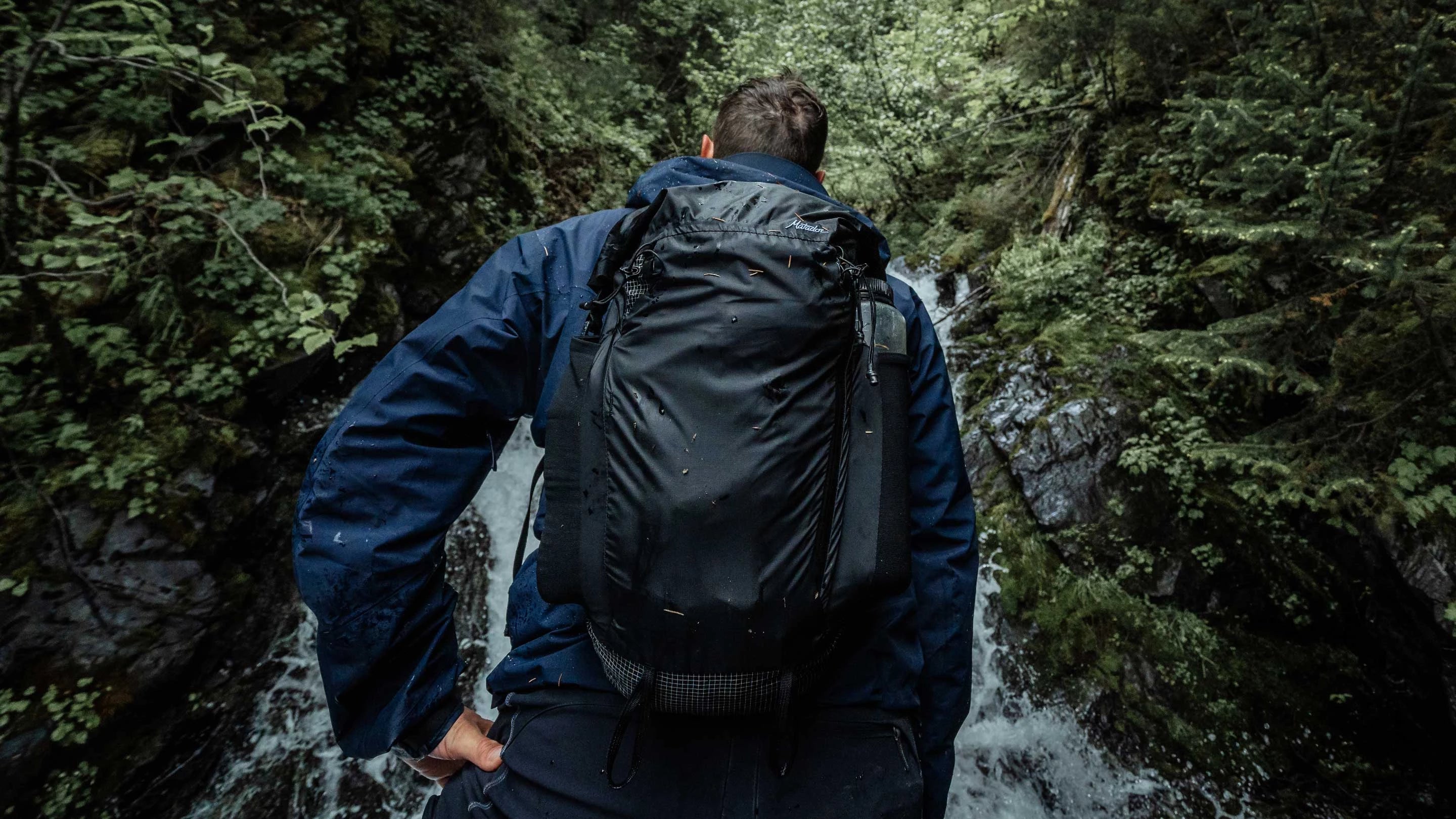How to defend yourself with a flashlight
When most people think of flashlight tactics, they think of the application of the light in conjunction with a handgun. But just as the gun is not a cure-all for all self-protection needs, the potential of the flashlight as a personal-protection tool is also much broader than just a headlight for a gun.
A good flashlight offers many advantages as a personal-defense tool. In the simplest sense, it allows you to see in the dark—a function that takes away the bad guy’s advantage of concealment. It also greatly expands your awareness because it reminds you to look around and motivates you to be alert in diminished light.
From a combative perspective, a flashlight makes an excellent striking weapon, providing all the same function as a kubotan or yawara stick, in a much more innocuous and “PC” package. Since it is more resilient than your hand and doesn’t feel pain, you can hit harder with it than you can with flesh and bone alone.
Best of all, a good, bright flashlight can be used as a force-multiplier, blinding and momentarily disorienting an attacker to either create an opening for a strike or an opportunity to escape.
Tactical Flashlight Anatomy
To function well in all possible personal-defense applications, the tactical flashlight needs to have the following attributes:
• At least a 65-lumen output with a pre-focused beam
• An impact-resistant bulb—either an LED or a shock-isolated incandescent bulb
• Solid, high-quality construction that supports its use as an impact weapon
• Ergonomics that allow a solid grip and effective management of impact shock when used as a striking tool
• A large enough size to grasp firmly with at least a half-inch of the light protruding from each side of your fist
• A small enough size to be conveniently carried
• A pocket clip or carrier that allows an immediate access and draw
• A tail-mounted switch that allows momentary actuation of the light
If your light has at least all of these features, it qualifies as both a lighting tool and a potent weapon. Other features, like multiple output levels and strobe functions, can also be useful provided they do not over-complicate the basic operation of the light. In simple terms, you want to be able to mash the switch and have the light come on at its full intensity. When you release the switch, it should go off. Lights that require complicated sequences of button pushes, bezel twists, and other fine-motor manipulation are too difficult to operate in the stress of a violent encounter.
Amplify Awareness
The first level of using a flashlight in personal protection is as an awareness tool. Obviously, if you can identify a potential threat from a distance, you have the ability to avoid it altogether. That is always your safest course of action. Since many attacks occur during the hours of darkness, or at least diminished lighting conditions, a flashlight is an ideal tool. Functionally, it provides the light you need to illuminate areas of darkness and search for possible threats.
More importantly, it is a physical reminder for you to ratchet up your level of awareness and get your head in the game. If you develop the habit of putting your light in your hand every time you step out into an unknown environment, you will prompt yourself to be more aware. Actively searching for potential threats also offers another benefit: It lets the world know that you are alert and actively aware of your surroundings. Criminals typically look for victims, not challenges. Using your light proactively creates a “hard-target” appearance that can, by itself, be a powerful deterrent.
The next level of application of a tactical flashlight is to use the beam as a blinding tool. If a potential threat manages to get close to you, he has to see you to target you. As a preventive tactic, you can assume a low-profile guard stance with your strong side back, the light in your strong hand, indexed near the side of your jaw, and your open weak-side palm facing forward. A universally recognized sign to “stay back,” this stance is also a fully functional fighting stance without appearing aggressive. Combined with good verbal skills, it can be a highly effective boundary-setting tactic.
If boundary setting alone is not enough, shining the light in the threat’s eyes can disrupt his vision and make it difficult, if not impossible to target you with a physical attack.
In a low-light environment, a criminal lying in wait to attack you probably has dark-adapted vision. His eyes are much more sensitive to light than in normal lighting conditions, so the beam of a high-powered flashlight hits hard. Combined with physical and verbal boundary setting, it may be enough to force him to back down. It also gives you a great head start on your escape, since he won’t be able to see well enough to follow you effectively.
Flash And Smash
If you feel severely threatened or a situation unfolds so quickly that you know a physical attack is imminent, use the blinding power of the light to pave the way for a simple, powerful cheap shot, like a kick to the shin, knee, or groin. This “flash and smash” tactic disrupts your attacker’s vision and leaves him momentarily defenseless against your strike. By using your legs—your most powerful weapons—against low-line targets that your attacker needs to chase you, you achieve a “mobility kill” that keeps your attacker in place while you beat feet.
Master The Strike Cycle
Sometimes, no matter how hard you try, things happen faster and closer than you’d like them to. If you can’t manage a situation from a distance, a good tactical flashlight can also make a highly effective striking weapon. And the easiest way to do this is to focus on a pattern of instinctive gross motor skills called “cycling.”
Flash and smash scenario – attacker has weapon concealed, defender is in ready stance with flashlight. Attacker draws or reveals weapon, defender flashes his eyes to blind him and delivers low-line kick to knee or groin
From the ready position, reach out with your lead hand to check, parry, or simply “index” on your target to gauge distance, and then strike with the bezel end of the light using a natural hammering motion. Repeat the sequence, fending, blocking, and striking with your free hand and hammering with the light in your power hand.
Cycling can also be easily combined with the use of the light as a blinding tool. For example, faced with an imminent close-range attack, shine the light directly in the attacker’s eyes again to blind him. Then, immediately drive your lead palm high into his head, covering his eyes (while staying away from those disease-carrying teeth) and gauging distance. Chamber your power hand and, just as your lead hand slides away, hammer the bezel down onto his face, temple, ear, collarbone, or any other handy target. If he strikes, parry or check with your lead hand, flash his eyes with the light, and hammer away with the bezel end.
Work Your Plan
Despite its simplicity, cycling has a lot of function built into it. Regardless of the exact dynamics of the encounter, you’ll find that by continuing to cycle, you can easily adapt and overcome. In my approach to defensive tactics, I characterize this as “having a plan and working your plan.”
For example, it’s very possible that your attacker will try to use his arms to block your hammer strikes with the light. If he does, simply adjust your targeting to strike his arm or use your lead hand to slap his arm out of the way to clear a path for your strike with the light. You can also hook his arm and pull it out of the way with your light as part of the retraction movement of cycling. Understanding the power of the retraction motion also gives you a built-in counter if he should try to grab your wrist to prevent you from striking. Learn to “work your plan” by continuing your cycling action and making the best use of all the physiological potential of its movements.
Although a solid strike with a flashlight can easily end a violent encounter, it’s not a guaranteed fight-stopper. It’s therefore a good idea to back up your flashlight cycling with the low-line kicks. Use cycling to create high-line damage and get the attacker’s hands up and then finish the fight with the low-line mobility kill that gives you the opportunity to escape safely.
By the way, in case you’re wondering if it’s necessary to have a crenulated bezel (a scalloped texture on the rim of the bezel, supposedly to focus its impact) on your tactical light, it’s not. A plain bezel hits plenty hard and does not raise any eyebrows when going through places like airport security. Although “weaponizing” your light may marginally improve its function as a striking tool, it may very well cause you the kind of negative attention that could ultimately deny you the opportunity to carry that tool.


